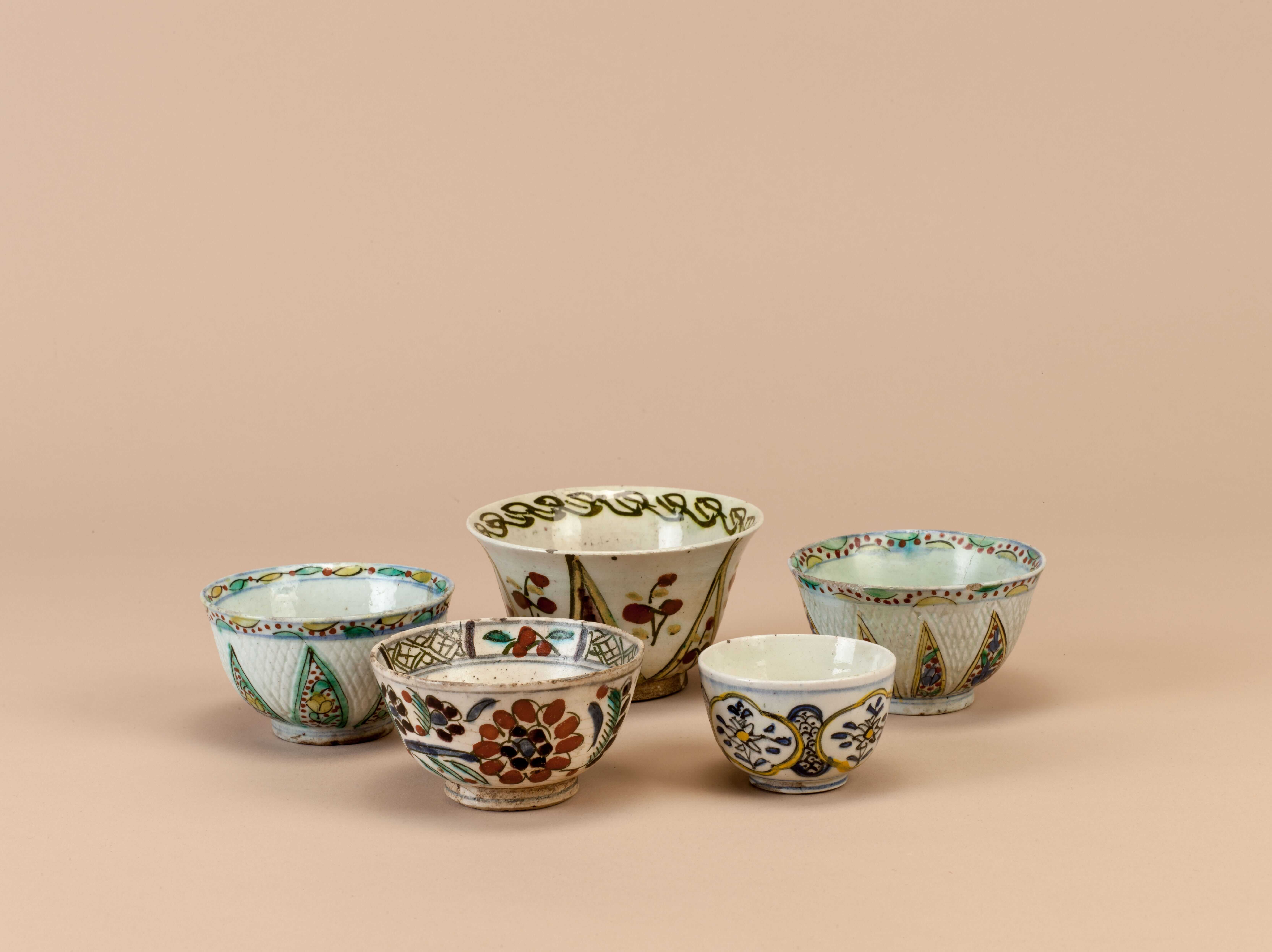During the screening of the film Daybreak in the “Liberty” cinema, the actors on screen stage a strike, abandon their roles, and begin to assert their freedom, making demands to the audience. When the censor is unable to control the situation, senior party officials are called in. This film is one of the most original Polish films of the decade; a poetic satire about the end of an oppressive era but also a universal tale about humanity. It was screened at Un Certain Regard section of the 1991 Cannes Film Festival.

Coffee was served with much splendor at the harems of the Ottoman palace and mansions. First, sweets (usually jam) was served on silverware, followed by coffee serving. The coffee jug would be placed in a sitil (brazier), which had three chains on its sides for carrying, had cinders in the middle, and was made of tombac, silver or brass. The sitil had a satin or silk cover embroidered with silver thread, tinsel, sequin or even pearls and diamonds.
Tuesday - Saturday 10:00 - 19:00
Friday 10:00 - 22:00
Sunday 12:00 - 18:00
The museum is closed on Mondays.
On Wednesdays, the students can
visit the museum free of admission.
Full ticket: 300 TL
Discounted: 150 TL
Groups: 200 TL (minimum 10 people)